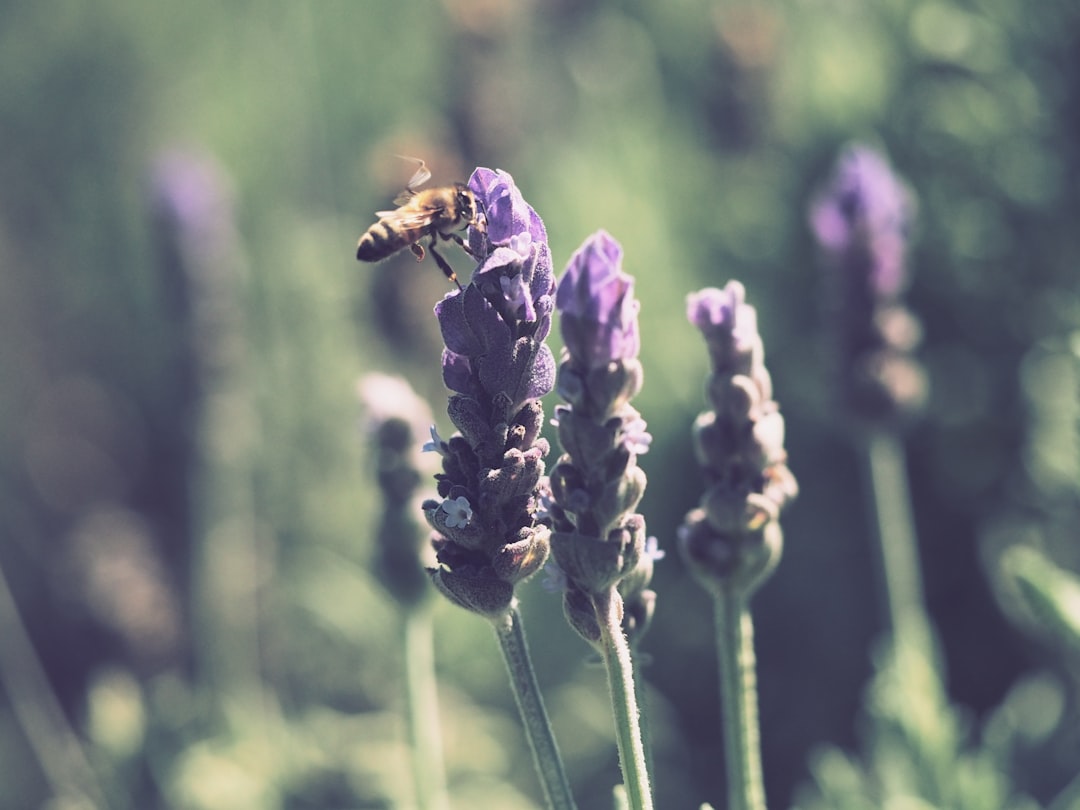Varroa mites are one of the most significant threats to honey bee colonies worldwide, posing a major challenge to beekeepers and the global beekeeping industry. Originating from the Asian honey bee (Apis cerana), these mites have spread to European honey bees (Apis mellifera), causing widespread infestations and devastating impacts on colony health. Here, we explore the threat posed by Varroa mites and discuss integrated pest management (IPM) strategies to combat this issue.
The Threat of Varroa Mites
Varroa mites are external parasites that feed on the hemolymph of honey bees, weakening them and making them susceptible to diseases like the Deformed Wing Virus (DWV) and Acute Bee Paralysis Virus (ABPV). These mites reproduce inside bee brood cells, leading to rapid population growth and severe colony damage if left unchecked.
Integrated Pest Management (IPM) Strategies
IPM is a comprehensive approach to managing Varroa mites, focusing on minimizing risks to bees and the environment while maintaining colony health. Key components of IPM include:
-
Monitoring: Regularly inspect hives to determine Varroa levels using methods like alcohol washes or sugar shakes. This helps identify when control measures are necessary.
-
Cultural Controls: Implement practices that reduce mite populations, such as inducing a "brood break" by temporarily preventing the queen from laying eggs. This can significantly reduce mite numbers.
-
Mechanical Controls: Use techniques like drone brood removal to target mites, as they often infest drone cells more frequently than worker cells.
-
Chemical Controls: Apply treatments like organic acids (e.g., oxalic acid) or conventional pesticides as needed, rotating treatments to prevent resistance.
-
Biological Controls: Explore natural methods to control mites, such as using resistant bee stocks or beneficial organisms that target Varroa.
Implementing IPM in Practice
To effectively manage Varroa mites using IPM, beekeepers should:
-
Set Thresholds: Determine the economic threshold for Varroa infestation in your colonies, typically around 2-3% mites per 100 bees.
-
Rotate Treatments: Switch between different types of treatments to prevent mite resistance and maintain efficacy.
-
Monitor Post-Treatment: Assess the effectiveness of treatments and adjust strategies as needed.
Conclusion
Varroa mites pose a significant threat to honey bee colonies globally, but integrated pest management strategies offer a robust approach to mitigating this issue. By combining monitoring, cultural, mechanical, chemical, and biological controls, beekeepers can effectively manage Varroa populations and protect their colonies. As the global beekeeping community continues to face challenges from these parasites, adopting IPM practices is crucial for ensuring the long-term health and sustainability of honey bee populations.
Citations:
- https://savethebee.org/beekeepers-and-the-global-fight-against-varroa-mites/
- https://www.dpi.nsw.gov.au/emergencies/biosecurity/current-situation/varroa-mite-emergency-response/managing-your-hives-with-varroa
- https://beeaware.org.au/archive-pest/varroa-mites/
- https://www.ento.vt.edu/the-bee-group-at-vt/beekeeping/mites.html
- https://pubmed.ncbi.nlm.nih.gov/32456963/
- https://honeybee.org.au/wp-content/uploads/2024/05/AGF575-IPM-S1V2-corrected.pdf
- https://www.woah.org/fileadmin/Home/fr/Health_standards/tahm/3.02.07_VARROOSIS.pdf
- https://pubmed.ncbi.nlm.nih.gov/38392534/

Comments
No comments yet. Be the first to comment!
You must be logged in to comment. Login